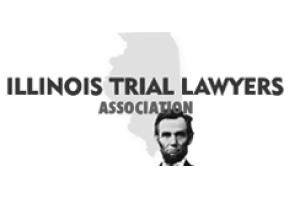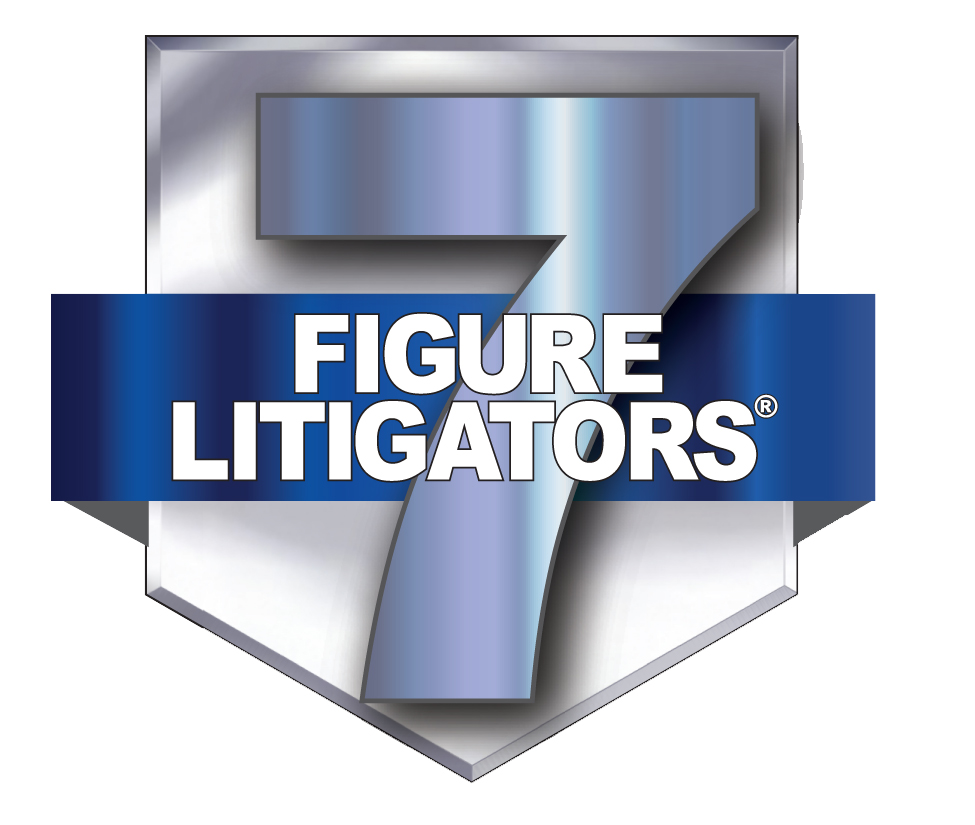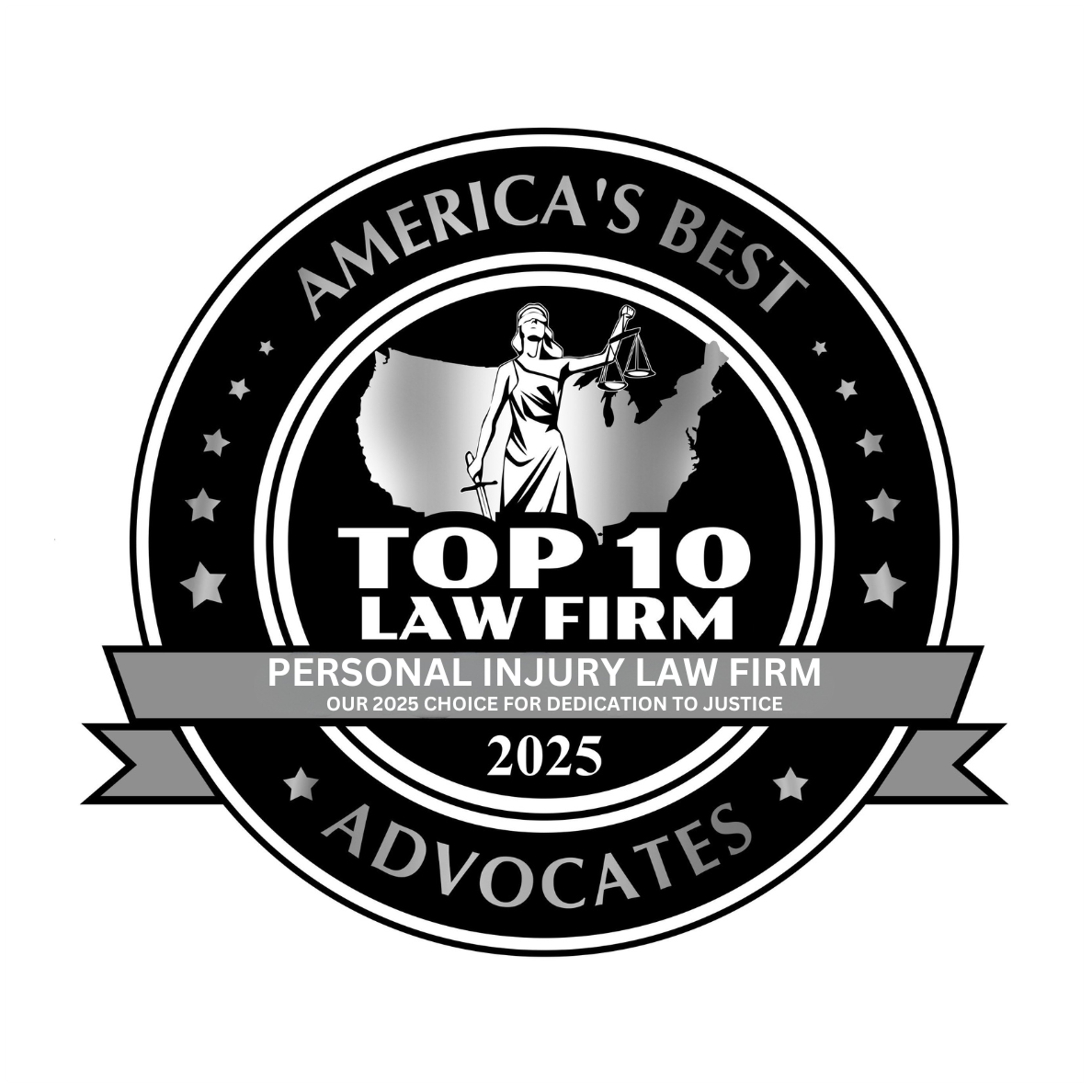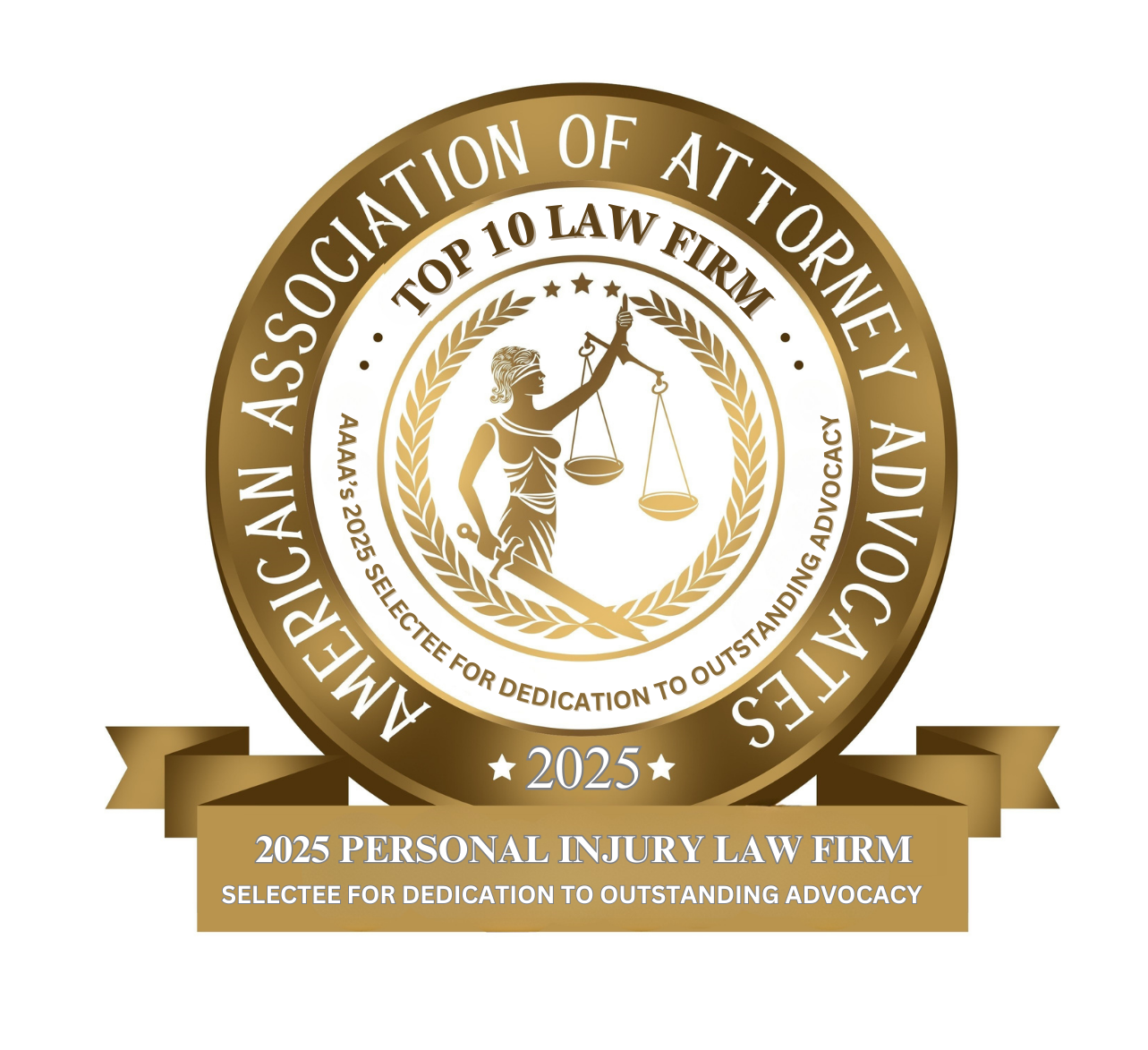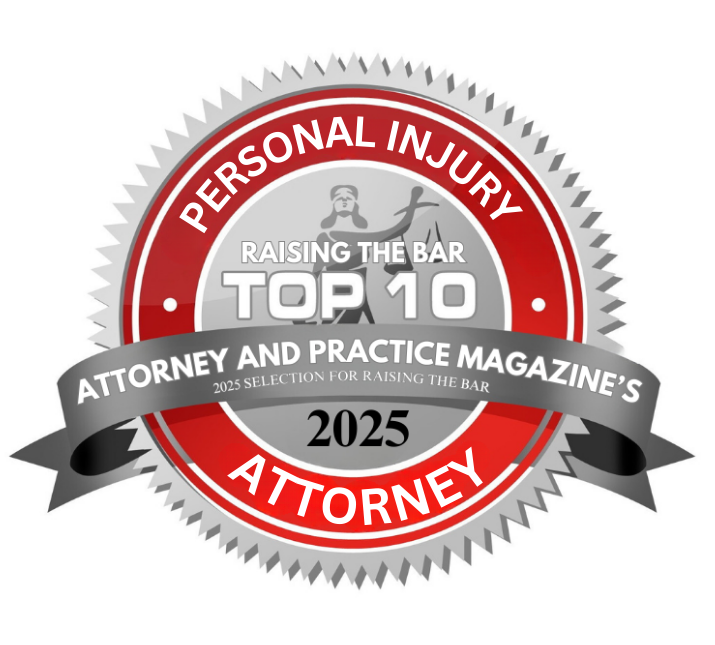- Free Consultation: (630) 527-4177 Tap Here to Call Us
Who Is Liable If My Lithium Battery Explodes and Injures Me?
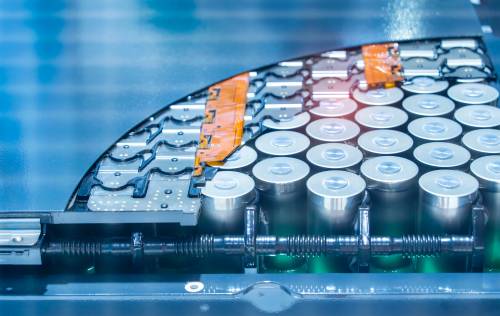
Lithium-ion batteries power phones, laptops, e-bikes, scooters, power banks, and electric vehicles. They’re energy dense and very useful, but when something goes wrong (manufacturing error, design flaw, damage, or improper charging) a battery can overheat, enter thermal runaway, and catch fire or explode. When that happens and people are injured, who pays? Liability in battery-explosion cases can involve multiple parties: manufacturers, designers, importers, retailers, distributors, and sometimes third parties who modified or repaired the battery, depending on the cause. Below we explain the common legal theories behind battery explosion injury cases, the practical steps victims should take, relevant statistics, and answer frequently asked questions about lithium-ion battery accidents.
“When a battery explodes the consequences are severe, from catastrophic burns to property loss and long-term health impacts. At John J. Malm & Associates, we hold manufacturers and sellers accountable so victims get medical care and fair compensation, and so safer products come to market.” — John J. Malm, Naperville product liability lawyer
Why Lithium Battery Explosions Are Happening
- Urban fire departments and safety agencies have reported rising numbers of fires tied to lithium-ion batteries as use of e-bikes, power banks, and other devices grows. For example, New York City reported more than 800 fires sparked by lithium-ion batteries since 2022, with multiple deaths and hundreds of injuries.
- Large recalls and safety notices show the scale of the hazard: roughly 429,000 portable chargers were recalled after dozens of incidents (51 reported) in which batteries overheated, expanded, or caught fire, causing several minor burn injuries.
- Regulatory agencies frequently warn that incompatible or non-UL chargers and cheaply made or modified batteries are common ignition sources for fires involving micromobility devices. Warnings and recalls associated with e-bike batteries are a recurring theme.
Legal Theories That Apply After a Battery Explosion
When a battery explodes and injures someone, plaintiffs can pursue one or more legal theories. The most common are:
- Strict product liability (defect): The injured person can claim the battery or device was defective (in design or manufacture) or lacked adequate warnings and that the defect made the product unreasonably dangerous when used as intended or in a reasonably foreseeable way. Strict liability focuses on the product’s condition rather than the manufacturer’s intent.
- Negligence: This theory argues the manufacturer, distributor, or retailer failed to use reasonable care (in design, manufacturing, testing, quality control, shipping, or warnings), and that failure caused the injury.
- Breach of warranty: Express or implied warranties (e.g., “safe for normal charging”) can be breached if the product doesn’t perform as promised.
- Failure to warn (marketing defect): If a company knew (or should have known) of a risk and failed to warn users or provide instructions/compatibility guidance (for example, which chargers are safe), that failure can be the basis for liability.
- Negligent repair or modification: If a third party (repair shop, aftermarket modifier, or consumer) altered the battery or used improper replacement parts, that party may share liability.
Who the Defendants Typically Are in Battery Explosion Injury Cases
- Battery cell manufacturers (companies that make the cells inside the battery pack): for cell defects like contamination or faulty separators.
- Battery pack assemblers/device manufacturers: for poor pack design, faulty battery management systems (BMS), or inadequate thermal protection.
- Charger makers: for producing incompatible or unsafe chargers that overheat batteries.
- Importers/brand owners: if they placed the unsafe product on the market.
- Retailers/marketplaces: sometimes sued for selling known-defective or counterfeit batteries.
- Repair shops/modifiers/users: if careless modification or improper repairs caused the failure.
- Maintenance or fleet operators: for commercial e-bike fleet fires, operators may share liability if they neglected battery care or ignored recalls.
Types of Battery Defects that Cause Explosions
- Design defects: a dangerous design leads to thermal runaway across many units (e.g., poor thermal management, inadequate separators).
- Manufacturing defects: contamination, defective welds, or damaged cells in a single unit that made it unsafe (often targets the cell manufacturer).
- Battery management system (BMS) failures: BMS prevents overcharge/overdischarge/overcurrent; if it fails, the cells can overheat.
- Charging incompatibility or counterfeit chargers: using the wrong voltage/current or cheap chargers can overheat cells.
- Transportation and storage errors: poor packaging, short circuits in shipping, or damage during transit.
Evidence that Helps Prove Liability in Battery Explosions
To succeed you’ll need to connect the defect to the injury. Typical evidence includes:
- The damaged battery and device (preserve it if safe).
- Photos and video of the device, the scene, and injuries.
- Receipts, packaging, and serial numbers to trace the device and purchase history.
- Service and repair records (showing aftermarket work or prior issues).
- Testing and expert reports (forensic battery analysis and root-cause testing).
- Recalls, safety notices, or prior incident reports that show the manufacturer knew of risks. (Regulatory warnings and recalls are persuasive.)
Practical Steps to Take Immediately After a Battery Explosion or Fire

- Seek medical attention first, as burns, inhalation injuries, and trauma are common.
- Do not throw away the device or battery. Place it in a safe, ventilated, non-combustible area if possible and follow local fire authority guidance. Preservation matters for later forensic testing.
- Take photos and videos of the device, serial numbers, charger, packaging, and the scene.
- Get witness contacts and collect any available surveillance footage.
- Avoid self-repair or disposal of the battery. Improper handling can be dangerous and can harm your legal case.
- Talk to an experienced Illinois product liability attorney before giving a recorded statement to insurers or the manufacturer’s representatives.
What Compensation Can Cover After an Accident
Victims may be able to recover:
- Medical bills (past and future)
- Lost wages and lost earning capacity
- Pain and suffering, emotional distress, scarring/disfigurement
- Property damage (vehicle, home, contents)
- Wrongful death damages where applicable
Frequently Asked Questions about Battery Fires and Explosions
Q: Can I sue if I left my phone charging overnight and it exploded?
A: Possibly. Courts look at whether the product was defective or whether there was misuse that caused the problem. Charging overnight is common and often considered foreseeable, so a strong case can exist if a defect, counterfeit charger, or failure to warn caused the explosion. Evidence and expert testing will be critical.
Q: Is the retailer responsible if they sold the defective battery?
A: Sometimes. Retailers and online marketplaces can be sued under product-liability theories, especially if they sold non-compliant or counterfeit batteries, or if they failed to act after being put on notice of risks.
Q: What if I modified or replaced the battery myself?
A: Modifying or using an unauthorized replacement part can complicate a claim and may reduce recovery because the defendant will argue the modification caused the failure. But if the replacement was sold by a seller who misrepresented it as compatible, liability may still attach to that seller.
Q: How long do I have to file a claim?
A: In Illinois, you typically have two years to file a lawsuit. Consult an attorney promptly to avoid losing your rights.
Q: Do I need an expert?
A: Usually. Forensic battery analysis (cell teardown, BMS diagnostics, thermal analysis) is typically essential to prove root cause and link the failure to a defect.
How an Illinois Product Liability Attorney Can Help
- Preserve and collect evidence (chain of custody for the battery).
- Retain forensic battery experts to identify the root cause.
- Trace the supply chain (cell maker → pack assembler → brand → importer) and identify liable parties.
- Handle recall and regulatory records and use them to strengthen your claim.
- Negotiate with insurers or, if necessary, take the case to court.
Contact the Top-Rated Illinois Defective Product Injury Attorneys at John J. Malm & Associates
Lithium-ion battery incidents are increasingly visible and occasionally deadly. Because multiple parties may be responsible, from cell manufacturers to retailers and repair shops, building a strong claim requires prompt evidence preservation and expert investigation.
At John J. Malm & Associates, our experienced Illinois product liability attorneys understand the complex science and legal issues behind defective battery cases. We work with leading forensic experts to uncover exactly what went wrong and hold negligent manufacturers, distributors, and retailers accountable. If you or a loved one has been injured by a lithium battery that caught fire or exploded, don’t wait to get help. Contact our office today for a free, no-obligation consultation. We will listen to your story, explain your rights, and fight to recover full and fair compensation for your injuries and losses.




